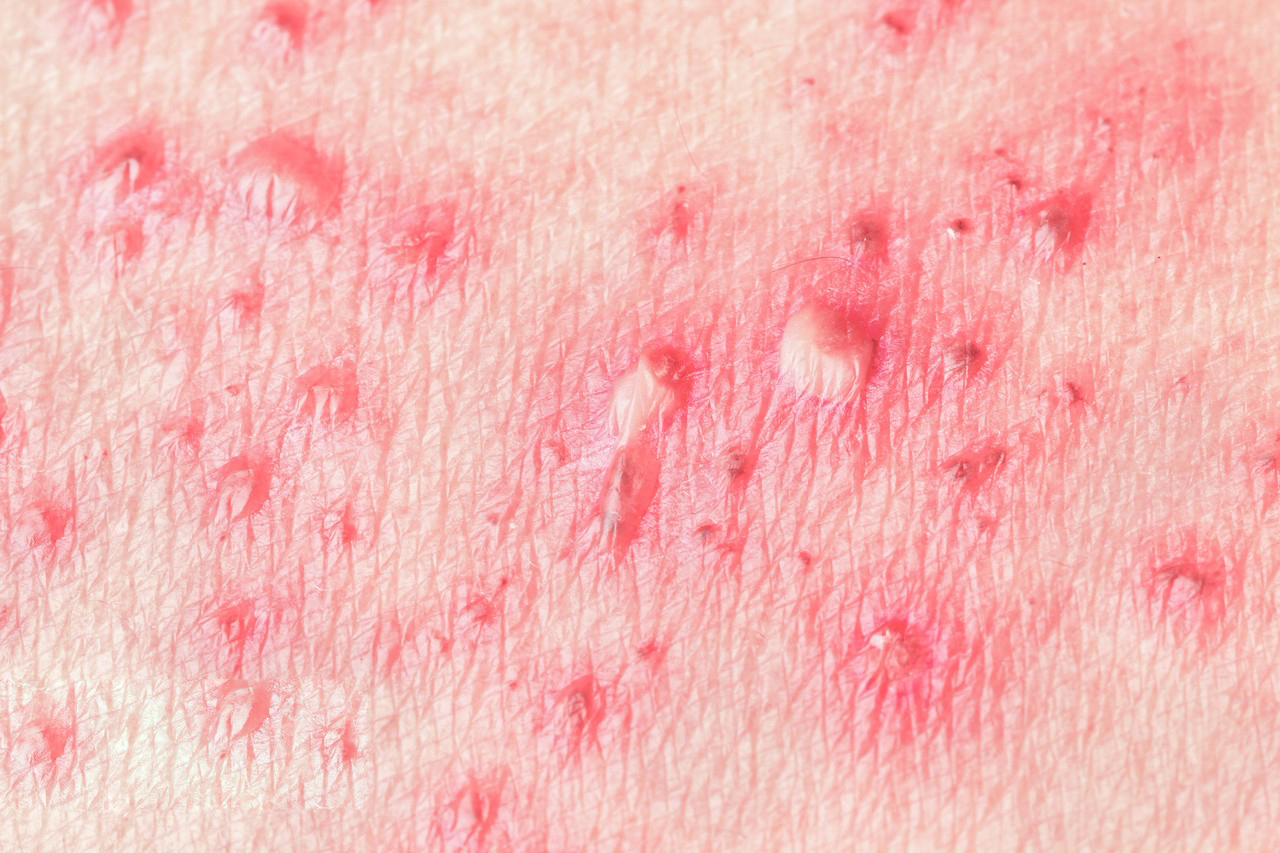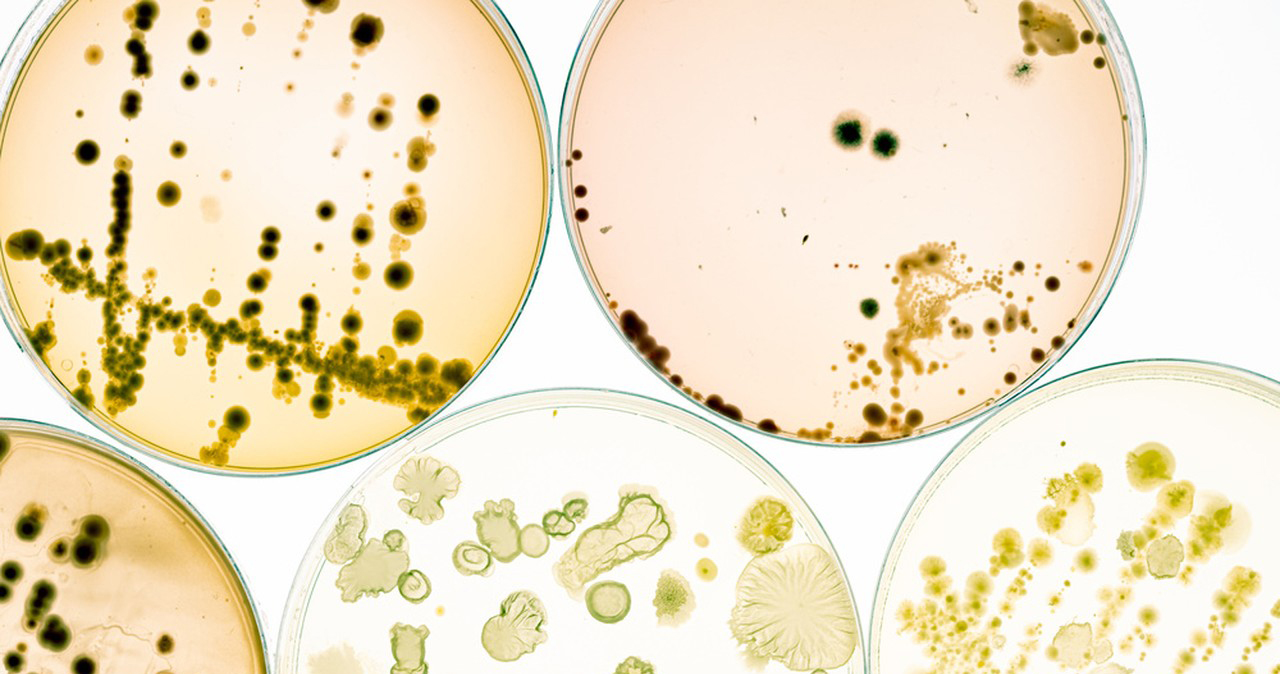Bacillus megaterium is a gram-positive, rod-shaped bacterium commonly used in research and industrial applications. Here are some general materials and methods associated with its study:
Materials of Bacillus Megaterium
1.Culture Media:
- Nutrient agar or broth for general growth.
- Luria-Bertani (LB) medium for bacterial growth.
- Specific media (like mannitol salt agar) for selection or isolation.
2.Reagents:
- Antibiotics for selection in plasmid work (if genetically modified).
- Buffers (e.g., phosphate-buffered saline) for various assays.

3.Equipment:
- Incubator set to optimal growth temperature (usually 30-37°C).
- Autoclave for sterilization.
- Spectrophotometer for measuring growth (OD600).
- Centrifuge for separating cells.
- PCR machine for genetic studies.
Methods of Bacillus Megaterium
1.Culture and Growth:
- Inoculate media with Bacillus megaterium and incubate under appropriate conditions.
- Monitor growth by measuring optical density at regular intervals.
2.Isolating Genomic DNA:
- Use a standard DNA extraction kit or phenol-chloroform extraction method.
- Follow the manufacturer’s protocol or traditional methods for isolating high-quality DNA.
3.Molecular Techniques:
- PCR: Amplify specific genes for further analysis.
- Gel Electrophoresis: Visualize PCR products or other DNA fragments.
- Transformation: Introduce plasmids into Bacillus megaterium for protein expression or genetic studies.

4.Biochemical Assays:
- Test for enzymatic activity (e.g., protease, amylase) using specific substrates.
- Conduct fermentation tests to assess metabolic capabilities.
5.Characterization:
- Staining techniques (e.g., Gram staining) to determine cell morphology.
- Biochemical tests (e.g., catalase, oxidase) for identification.
6.Industrial Applications:
- Optimize growth conditions for large-scale production of enzymes or metabolites.
- Conduct experiments to assess the bacterium’s role in bioremediation or agricultural applications.
These methods can vary based on the specific research question or application you are interested in.
